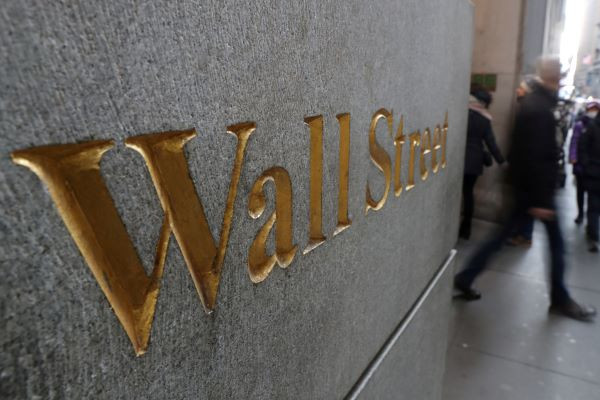Fueled by easy money from the U.S. Federal Reserve and a booming tech sector, Wall Street's three indices booked a non-stop ascent to new heights in 2019, a boom that looks set to continue into the early part of 2020.
The benchmark S&P 500 surged more than 28% for the year; the Dow Jones Industrial Average increased by 22% while the tech-heavy NASDAQ Composite did even better than both indices, rising nearly 35%.
The S&P 500 ended 2019 some 10% above 2018's high of 2,900. Analysts said this level is close to the average return for the S&P 500 over the past 90 years of 9.8%.
Tech stocks were the stars of both the S&P 500 and the NASDAQ. Apple Inc. and Microsoft Corporation accounted for nearly 15% of the S&P 500's gains. Apple was up 85% while Microsoft saw its share price rise 15%.
Apple ended the year with a market cap in the region of $1.3 trillion and its shares at $289.91. Microsoft saw its market value jump to $1.2 trillion.
Its stock outperformed the broader market this year, rising more than 50% while the S&P 500 rose by nearly 30%. The stock ended the year at $157.70.
Amazon's stock gained more than 4% on December 26 after the company reported a record holiday shopping season. This was the best day for Amazon stock since January 30. The gains saw Amazon stock on a 37% rise since its 52-week low of $1,363.01 per share on this same day in 2018. As of this December 31, Amazon's stock stood at $1,847.84, up 0.051%.
Facebook (Dec. 31 closing price $205.25, up 0.41%) and Alphabet (closing price $1,339.39, down 0.02%) also contributed to a sterling year for the tech sector.
Semiconductor companies were big gainers this year with Advanced Micro Devices, Lam Research and KLA Corporation leading the NASDAQ with the largest gains.
One of the key reasons for the market's 2019 success was that it started from a low base after a disappointing December 2018. A huge sell-off that month left the S&P 500 a mere 0.2% from officially hitting a bear market, which is defined as a 20% decline from its closing peak. The S&P 500 ended 2018 with a loss of more than 6%, closing at 2,485.74 on December 31. At the end of trading on Dec. 31, 2019, the S&P 500 traded at 3,230.78, up 0.29%.
Analysts said much of Wall Street's gains in 2019 can be put down to a dramatic policy shift at the Fed, which lowered interest rates thrice in 2019 compared to increasing rates four times in 2018. They pointed out low-interest rates forced investors to search elsewhere for yield, putting more of their money into the stock markets. The Fed's key rate is now in a range of 1.50% to 1.75%. After the last rate reduction, the Fed said it expects to leave rates unchanged for 2020.






